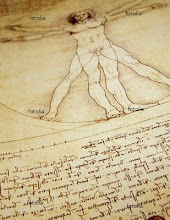



Mirror glass came originally from Venice, there are proofs that small mirrors were already being made in 1317.
Technical Characteristics
On the 16th century, it became possible to make mirros by using a backing of mercury and tin. Today, mirrors are made by coating a sheet of glass with a stannous chloride solution. This coating serves as a base for the reflective layer which consists of a mixture of silver nitrate, ammonia, caustic soda and distilled water and is only 0.01 mm thick. Once dryed, an extra coating can be added as protection for the reflective layer.
Applications
Façades and interior walls (personally I think all the elevators should have a big one).
Colour: Variable
Glossiness: Glossy, satin, matt
Translucence (%) 0 – 20 – 40 – 60 – 80 – 100
Texture: Sharp, medium, dull
Hardness: hard, soft, despressible
Temperature: warm, medium, cool
Odour: Strong, moderate, none
Acoustic opacity: good, moderate, poor

No comments:
Post a Comment